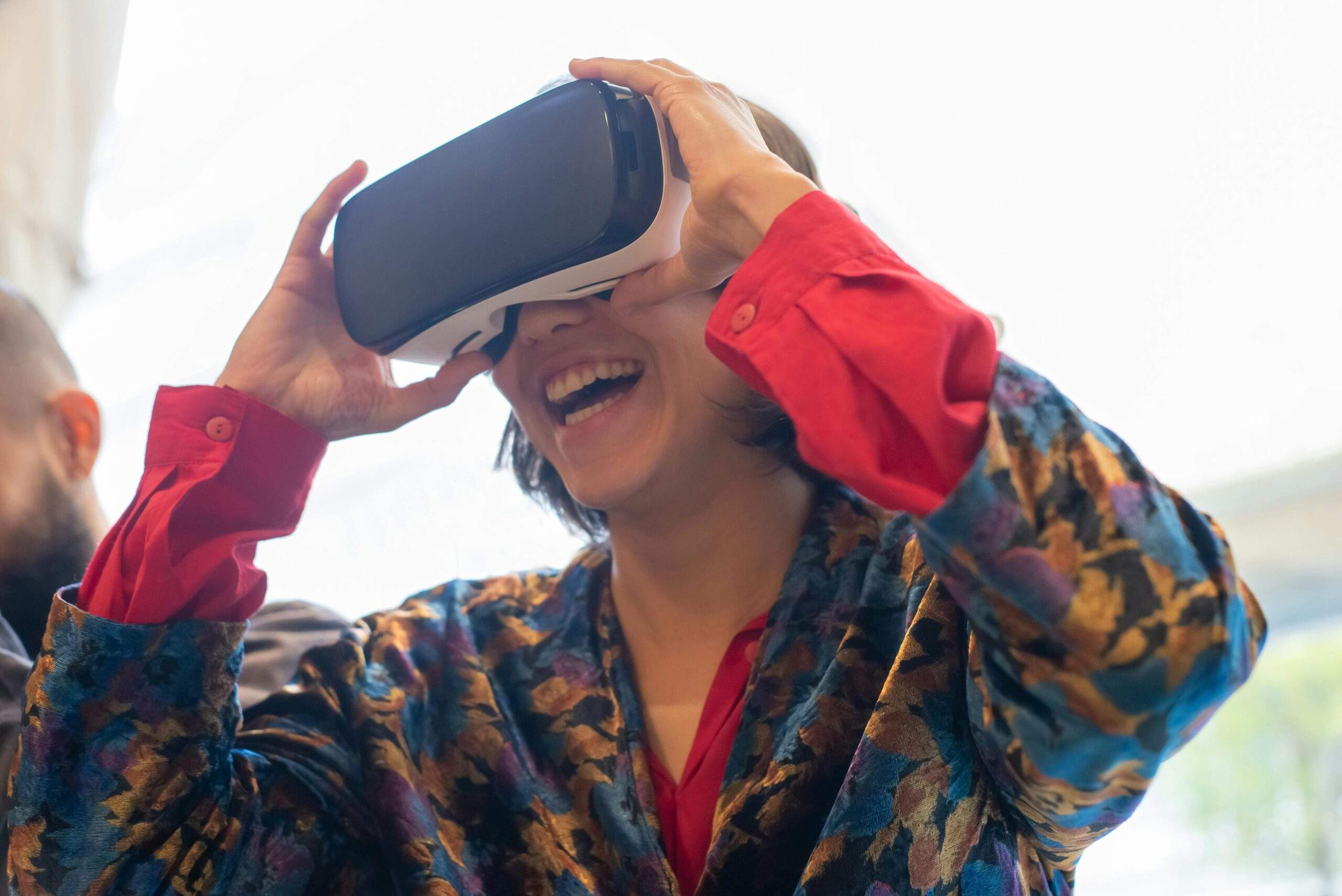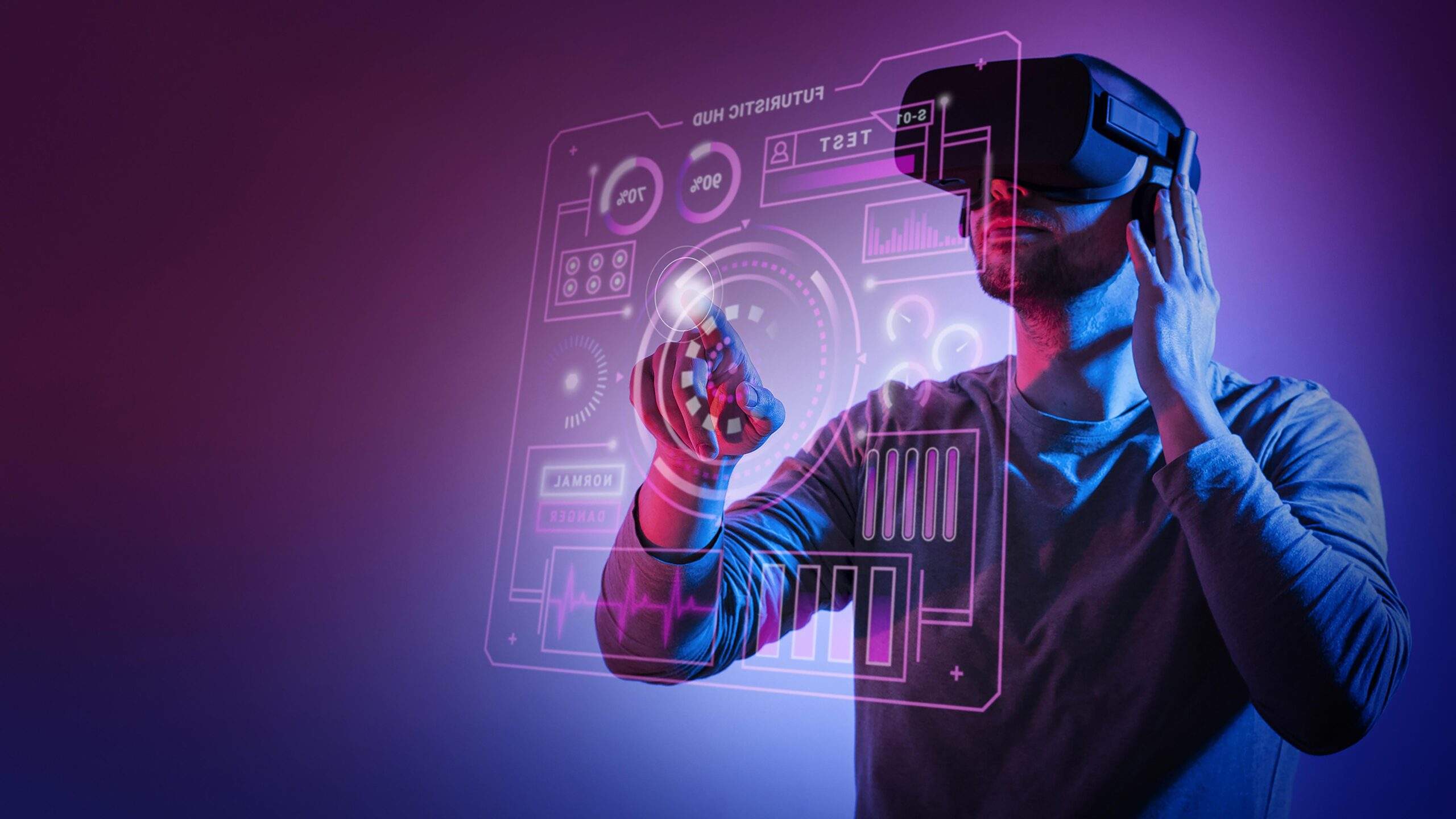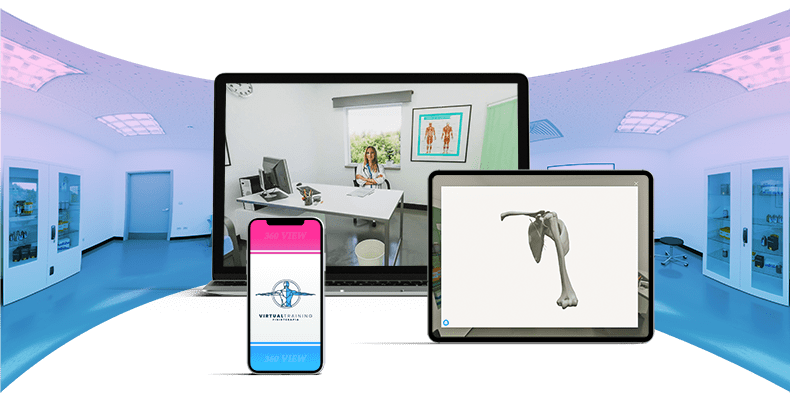Augmented reality and virtual reality are innovative technologies that are revolutionizing industry 4.0. These technologies represent a great opportunity for Industry 4.0, as they improve productivity, efficiency and safety.
They are applied in design optimization , plant maintenance and control , operational instruction and personnel training , or even incident assistance and resolution.
ADVANTAGES FOR COMPANIES
Implementing Industry 4.0 through AR and VR brings a number of benefits for industrial companies:
- Improve efficiency: They can help employees perform their tasks more efficiently, with visual procedures and instructions that can reduce learning and execution times.
- Cost reduction: can reduce education and training costs, thanks to the ability to simulate activities in a virtual way and reduce the use of real materials and equipment.
- Improved workplace safety: They can help improve workplace safety by providing employees with important safety information and allowing them to practice in virtual environments before performing tasks in real environments.
- Product quality improvement: They can help improve product quality by being able to identify problems or defects before they occur, and perform more accurate quality controls.
- Product customization: They can help industrial companies create customized products more efficiently and provide a better shopping experience for customers.· Improving communication: they can help improve communication between employees, suppliers and customers, thanks to the possibility of sharing information in real time and collaborating on projects virtually.
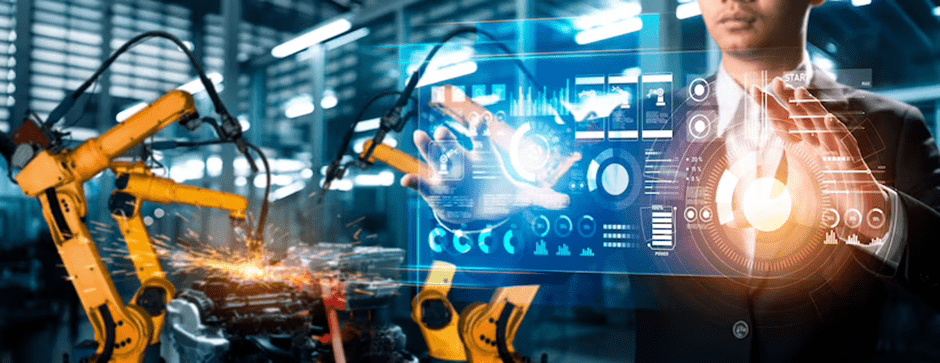
VR AND AR TO OPTIMIZE INDUSTRIAL DESIGN
In some industrial sectors, such as the automotive industry for example, the prototyping of a product can require very high investment costs. In fact, it is necessary to physically build the prototype in order to be able to analyze its design and characteristics in detail.
This process may involve building a lower quality model, which will then be improved and made marketable.
However, Virtual Reality represents an ideal tool to reduce prototyping costs and create a virtual simulation of the product with almost real characteristics. In this way, it is possible to visualize the product as if it were physically present in front of our eyes and to test different finishing options without having to invest in creating a physical prototype.
BMW, USING VR TO VISUALIZE DESIGN
The automaker was one of the first to take advantage of virtual reality to visualize new car interior designs and their physical characteristics.
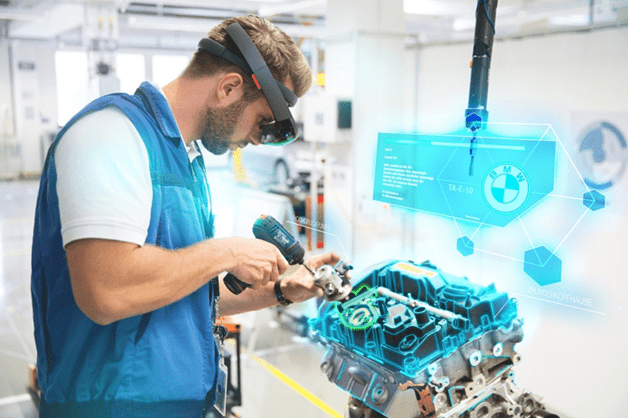
Through this technology, the company was able to verify the car’s interior visibility, the ergonomics of the controls and other characteristics. This has enabled the company to make quick and efficient decisions without having to use the expensive prototyping methods of the past.
AR TO DESIGN ASSEMBLY AND INSTALLATIONS
Augmented Reality is useful for assembling and designing systems. This extra information that appears to the technician through hands-free devices is essential to know, for example, whether or not the future project will fit the actual size of the factory where it is to be installed.
AR FOR THE MAINTENANCE AND CONTROL OF THE INSTALLATIONS
Augmented Reality is a technology that can be used for the maintenance and repair of industrial machinery and for plant control.
Usually, when a breakdown occurs, not having immediate access to the instruction manuals of the machine to be repaired, the operator will be forced to waste time looking for the manuals or waiting for the arrival of a professional.
Augmented Reality solves this problem. Wearing the Augmented Reality goggles, the operator can follow the detailed steps of the virtual instruction manuals that he will see appearing directly on the goggles to solve the fault.
The goggles, in fact, recognize the different parts of the machine and visually indicate to the operator where to intervene to repair the problem.
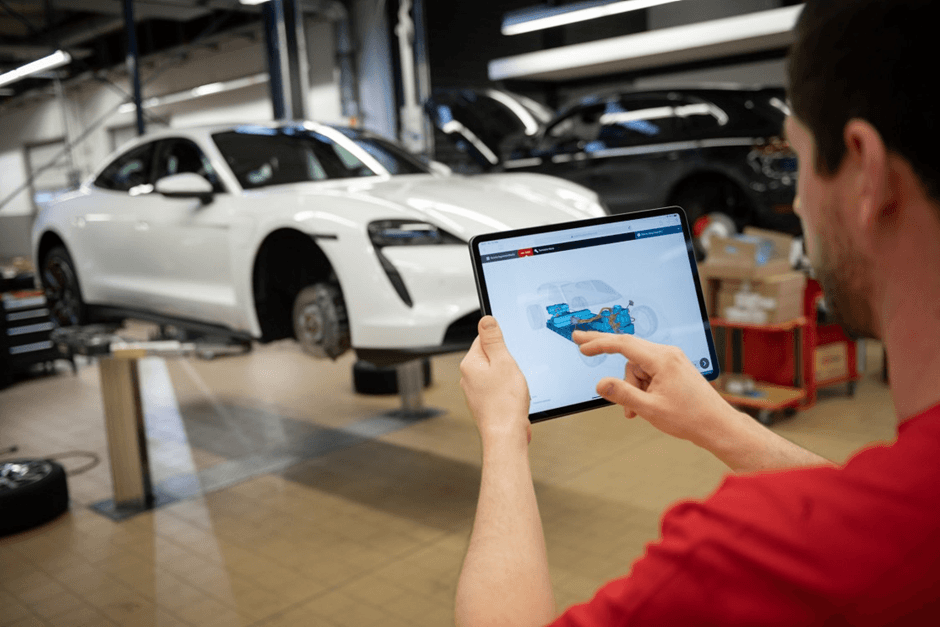
At the same time, Augmented Reality allows technicians to access real-time data relating to production processes via tablets or smart glasses. Approaching the machines, the device recognizes them and projects information and data on their components, efficiency and productivity, to make decisions aimed at improving the functioning of the entire plant.
VR FOR OPERATIONAL TRAINING
Virtual Reality technology is finding another application in the training of technicians specialized in the handling of industrial machinery and a very effective and cost-effective option for training workers
Thanks to the possibility of creating realistic virtual environments in which machines can be viewed and manipulated, operators can interact with them to solve problems or incidents. Using only a pair of Virtual Reality glasses, an operator can be placed in a virtual environment where he can analyze the operation of a machine that has stopped production and fix the problem as if he were in a real factory.
EXAMPLE OF THE WALMART SUPERMARKET CHAIN
Here Virtual Reality was used to train employees on how to handle emergency situations such as fires, theft situations and for training sales people to improve their customer service skills.
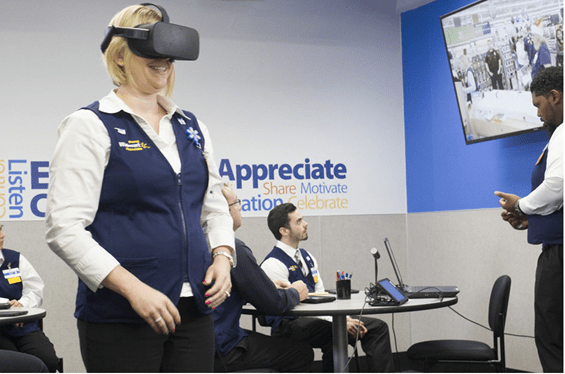
REMOTE ASSISTANCE AND REAL-TIME INCIDENT RESOLUTION
Augmented Reality technology also makes it possible to provide guidance to factory operators by expert technicians.
Through a real-time connection with the machine manufacturer’s technical service, the operator wears glasses with an integrated camera, allowing technicians to see what the operator is looking at.
In this way, the technicians will be able to guide the operator through each phase of the process without errors.
The use of this technology not only improves production efficiency, but also saves industrial machinery suppliers time and money by eliminating the need to cover the travel and labor costs of technical service professionals.
These technologies are already revolutionizing the way businesses operate and are sure to have an even greater impact in the future.
We at AR Market strongly believe in the potential of AR and VR technologies applied in Industry 4.0 for a better digitization of the production process and business management.
To get an overview of what we do and what we can do, visit our website and contact us!


